Concerns Arise After Dollar Tree Employee Shares Backroom Photo
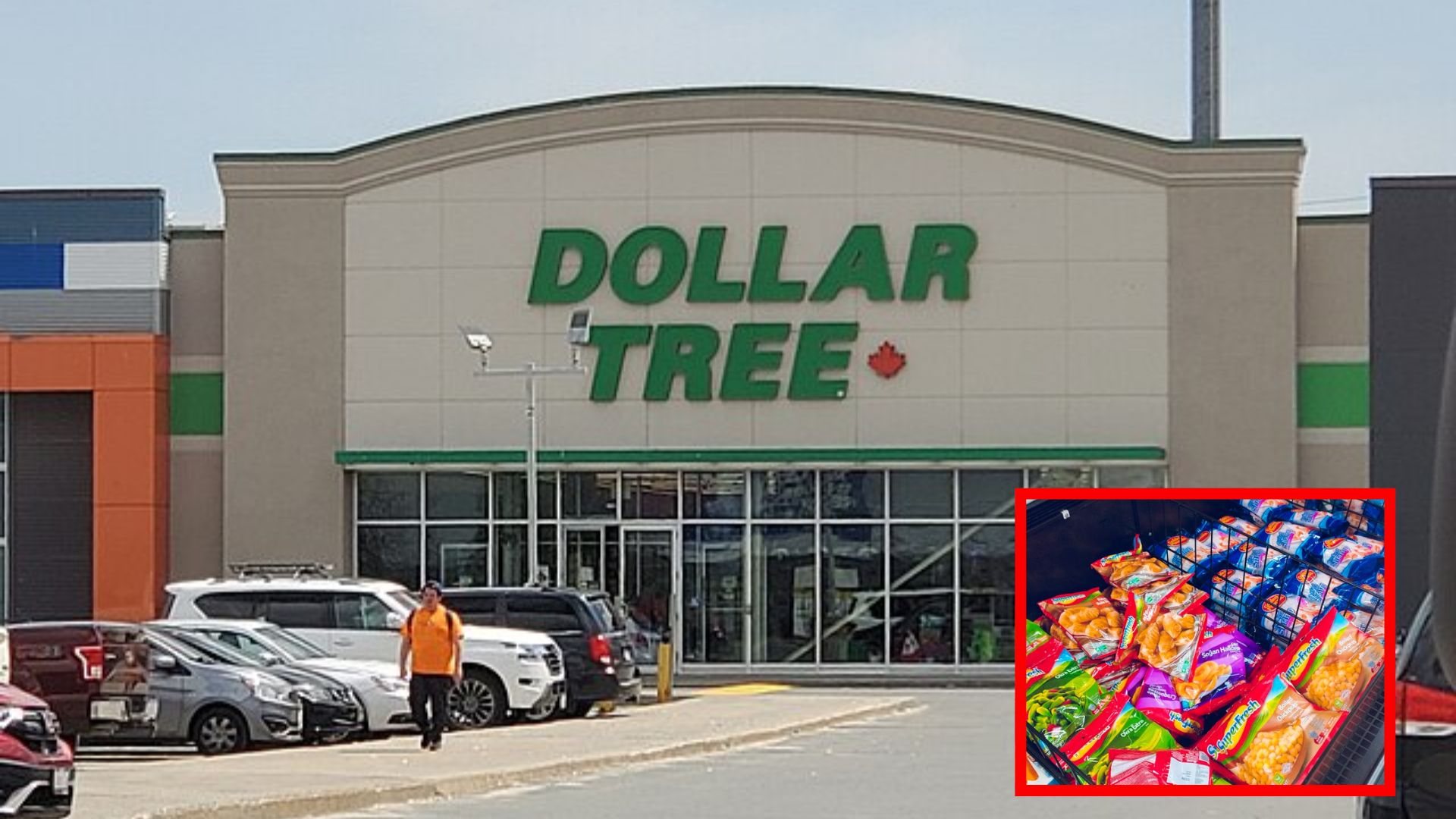

A Dollar Tree employee turned to Reddit after a “frozen reset” left boxes of marked-down food slated for disposal, including frozen vegetables, chicken sandwiches, and ice cream. The worker posted in r/DollarTree seeking advice, asking if others were dealing with similar situations and noting a lack of nearby food banks. The image sparked immediate discussion about company policies that prevent donations, even for items still within their expiration dates, raising questions about food waste at a time when millions face food insecurity.
Company Policy Forbids Donations of Discontinued Items
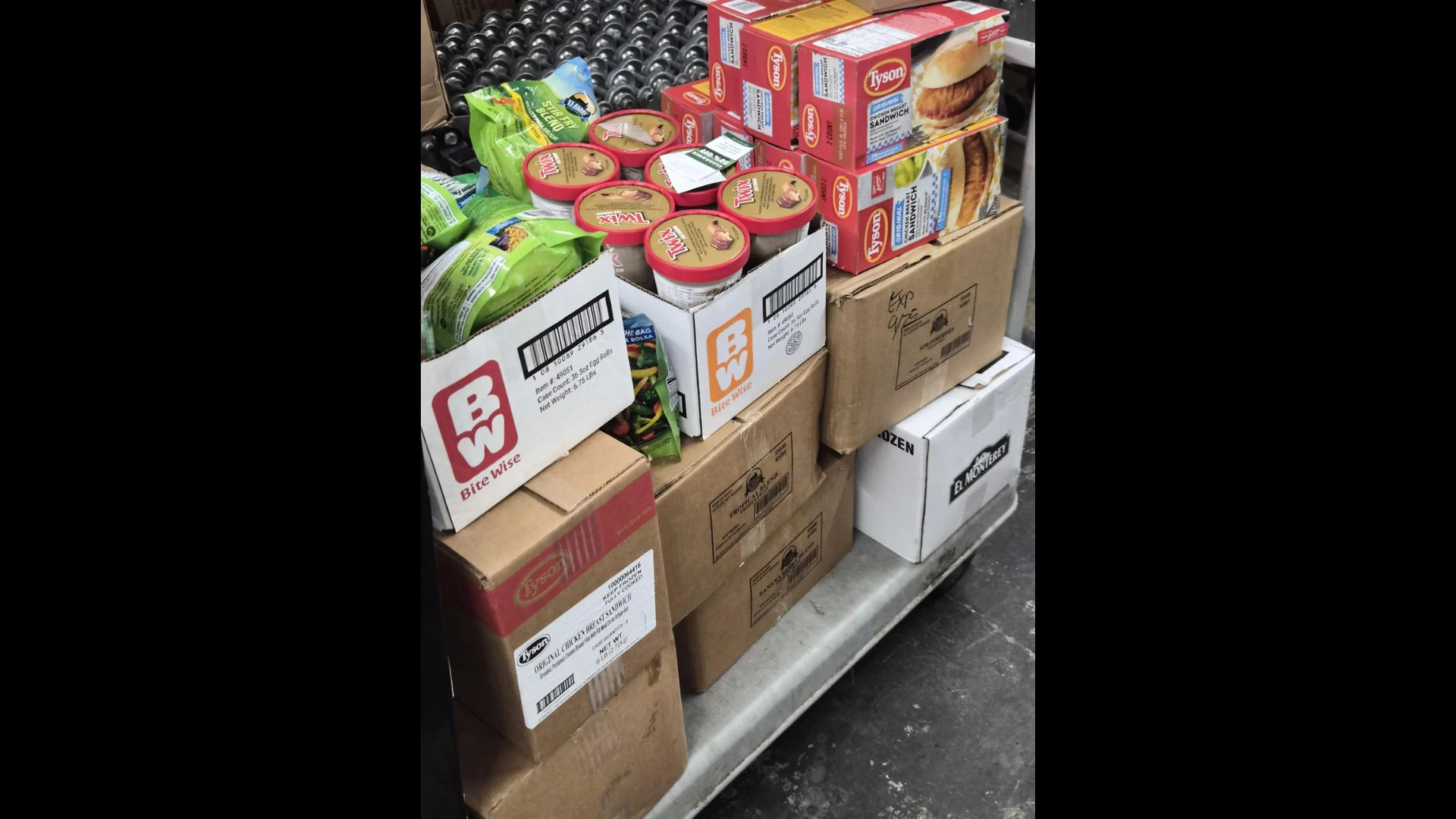
When commenters suggested the employee contact local food banks or churches, another user revealed a significant obstacle. “Company policy expressly forbids giving away or donating unsold or out-of-date items,” they wrote. The original poster confirmed this restriction, responding that the policy saddened them because the discontinued items were still within their expiration dates. The blanket prohibition prevents store-level employees from making independent decisions about food donations, even when products remain safe for consumption.
Donation Practices Vary Widely Between Store Locations
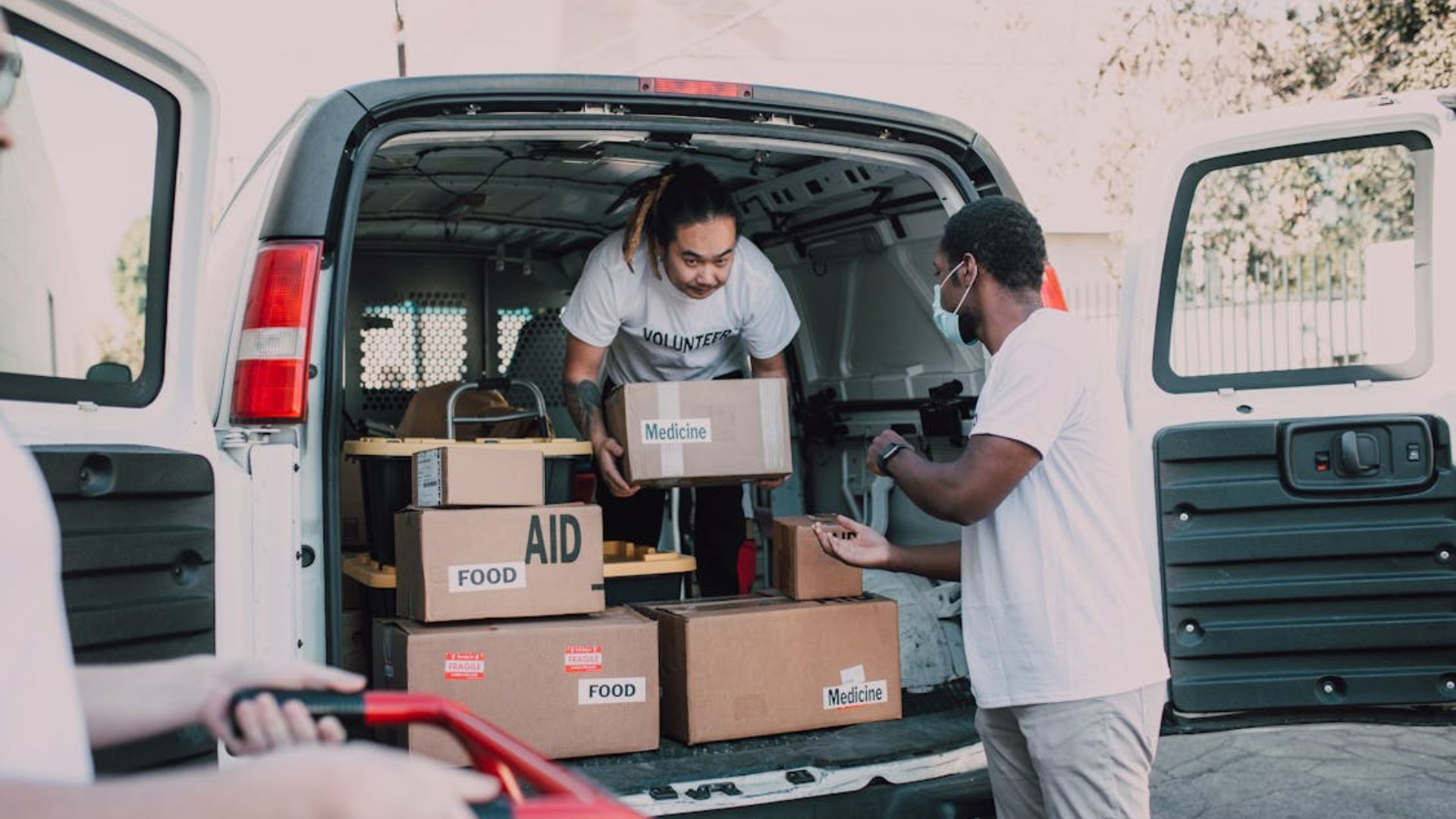
A Los Angeles commenter expressed shock at the disposal policy, noting that their local Dollar Tree operates differently. “Someone comes once a month to pick up items that are expired/non-sellable,” they wrote. The comment revealed inconsistencies in how individual stores handle unsold inventory, suggesting that donation partnerships may exist in some regions while remaining unavailable in others. The variation appears to depend on local management decisions and established community relationships rather than uniform corporate guidance.
Food Insecurity Affects Tens of Millions Across the United States

The waste takes on greater significance given the scale of hunger in America. Commenters responding to the post noted that tens of millions of Americans struggle with food insecurity in their households. The premature disposal of edible food becomes especially disheartening against this backdrop, representing meals that could address immediate needs in communities. The disconnect between available food headed for landfills and people going hungry illustrates a systemic challenge in connecting surplus inventory with those who need it most.
Wasted Food Represents the Largest Category Entering Landfills
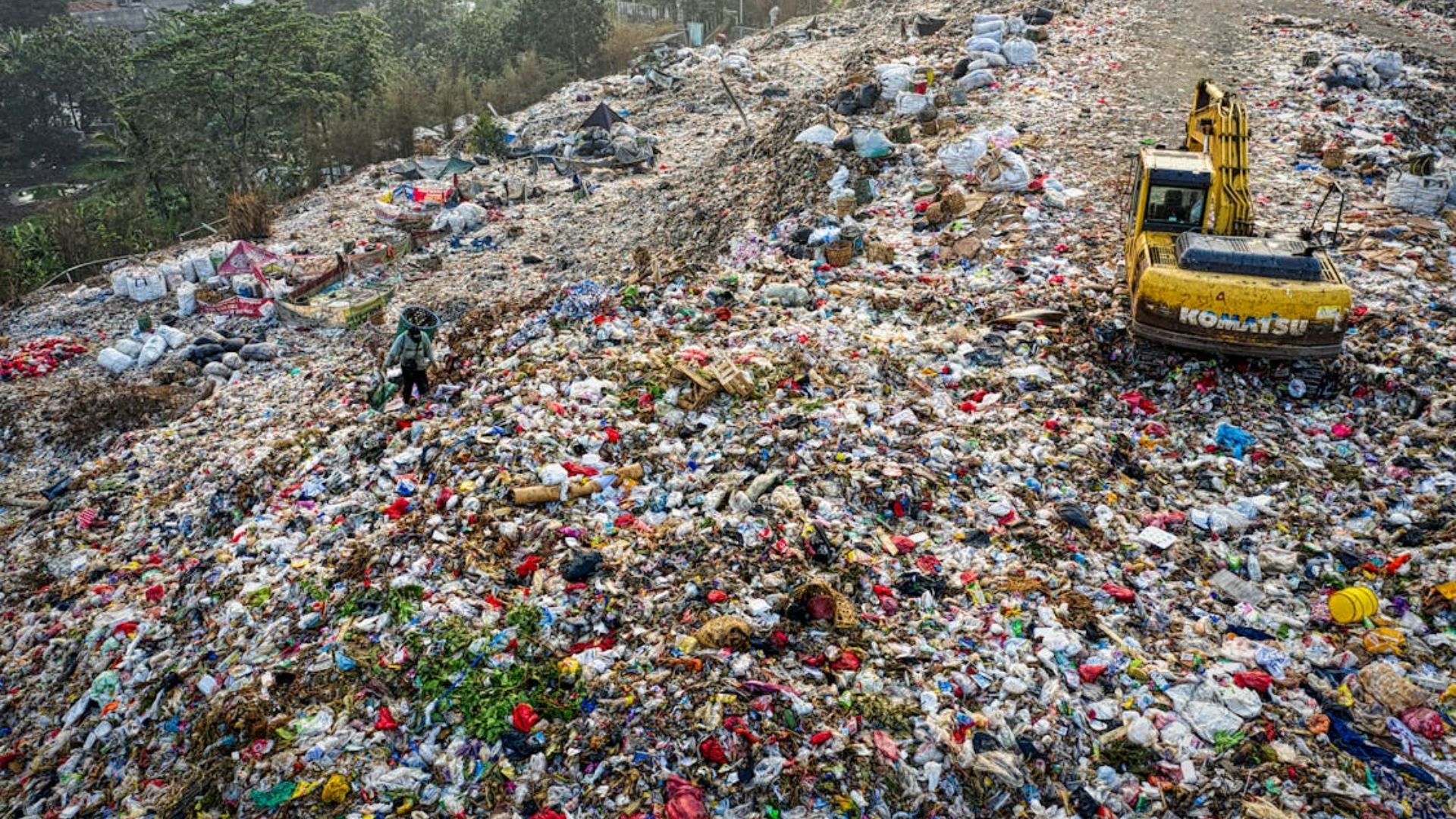
The U.S. Department of Agriculture estimates that around 30 to 40 percent of the food supply ends up as waste, making it the largest category of waste entering landfills. This staggering figure represents not just lost nutrition but squandered resources including land, water, labor, and energy invested in production. The scale of disposal extends far beyond individual stores, reflecting broader inefficiencies throughout the supply chain. Each discarded item carries the environmental cost of everything required to grow, process, package, and transport it.
Rotting Food Produces Methane 28 Times More Potent Than Carbon Dioxide
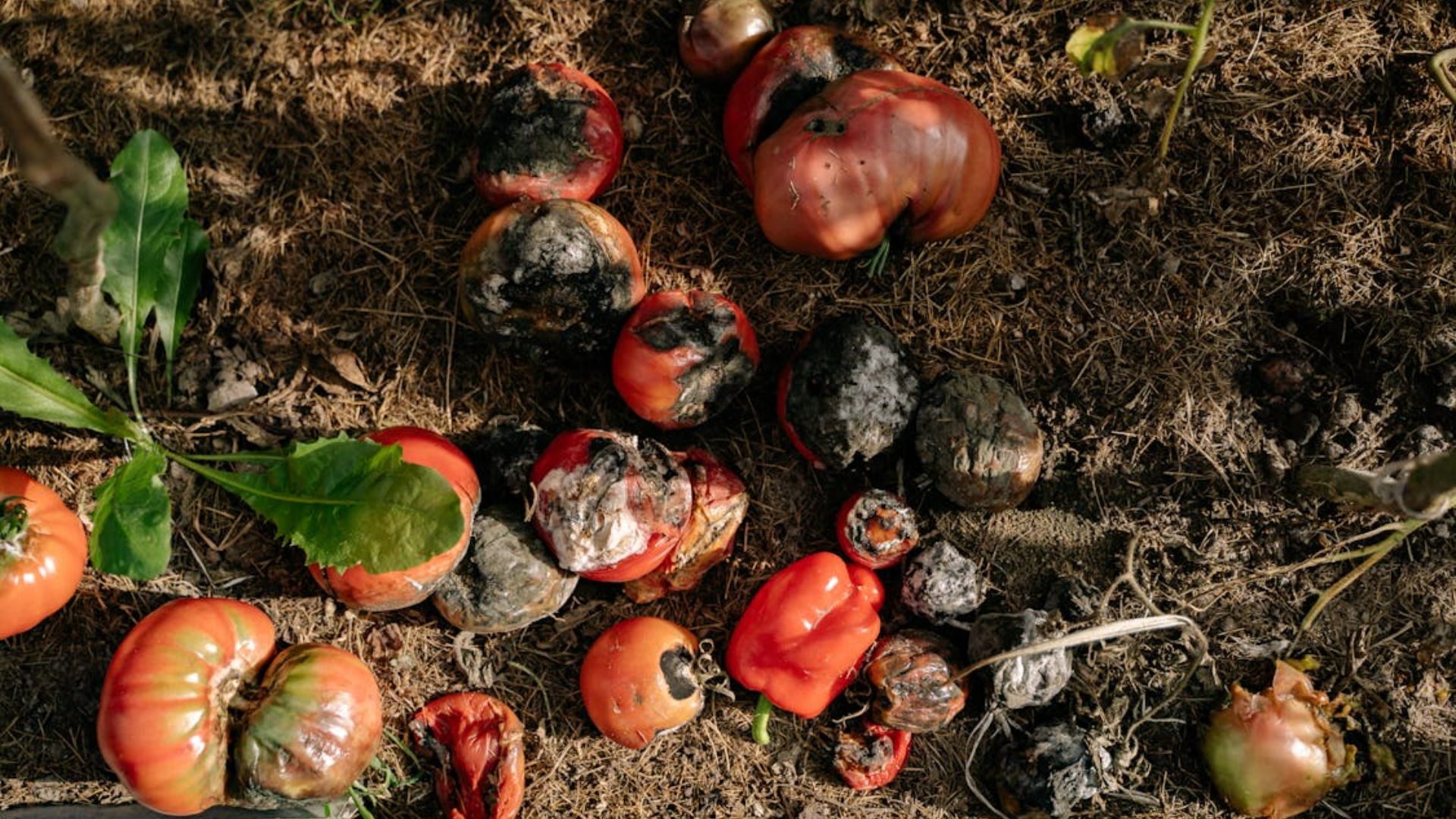
Food decomposing in landfills creates methane, a powerful heat-trapping gas with serious climate implications. According to the Environmental Protection Agency, methane is at least 28 times more potent than carbon dioxide in trapping heat that warms the planet. This makes food waste not just a social issue but an environmental crisis, as organic matter breaking down in oxygen-deprived landfill conditions releases greenhouse gases that accelerate climate change. The environmental impact extends far beyond the initial act of disposal.
Liability Concerns Create Barriers for Frozen Food Donations
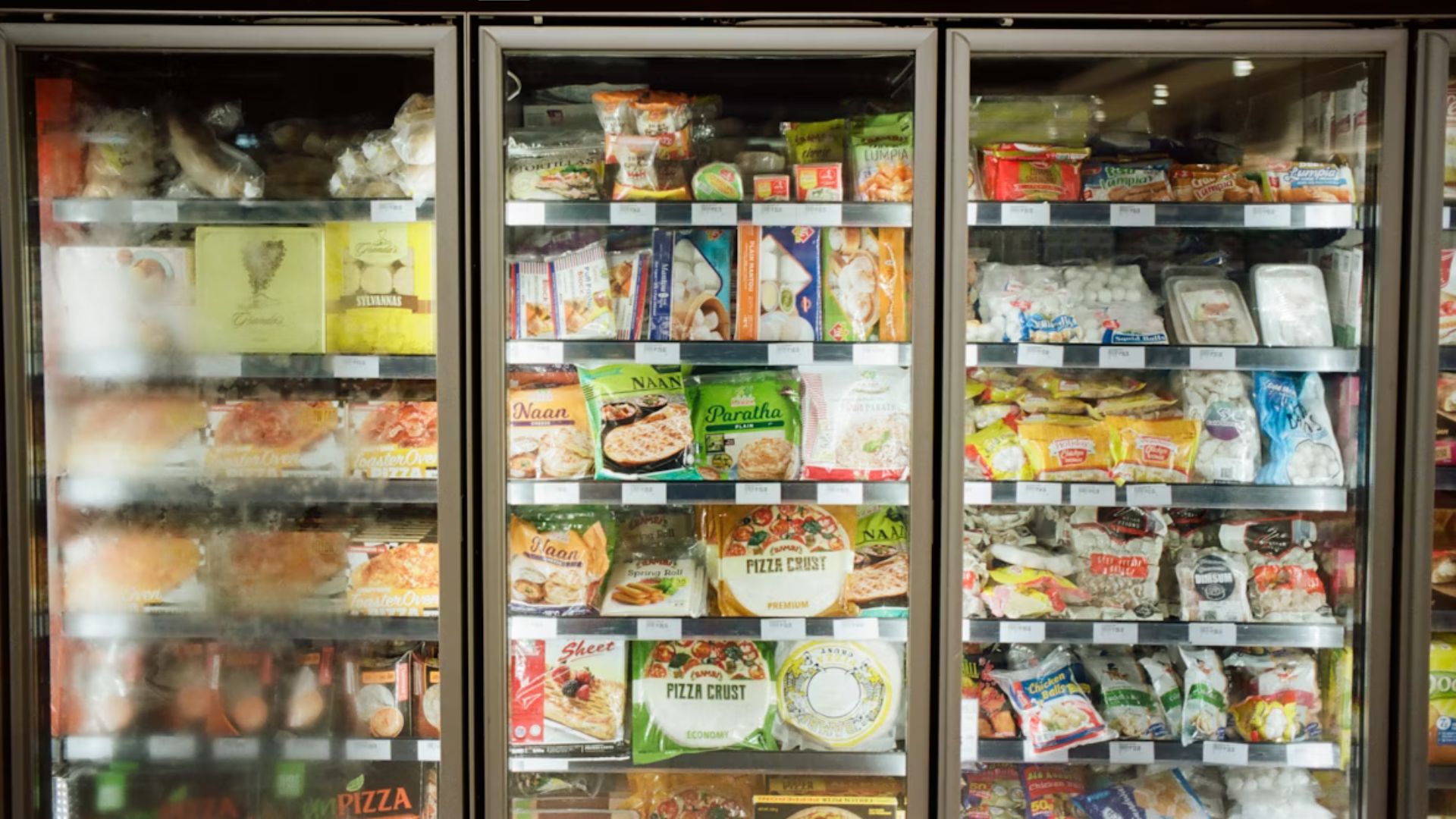
Based on Reddit thread discussions, liability concerns appear central to restrictive donation policies, particularly for frozen items. Frozen foods can become unsafe if kept outside certain temperature ranges, creating potential health risks that complicate donation efforts. Unlike shelf-stable products, frozen inventory requires continuous cold chain management from store to recipient. This temperature sensitivity makes retailers hesitant to release products they cannot monitor through final consumption, even when items remain frozen at the time of intended disposal.
Dollar Tree Pledged $350,000 to Combat Childhood Hunger Last Year
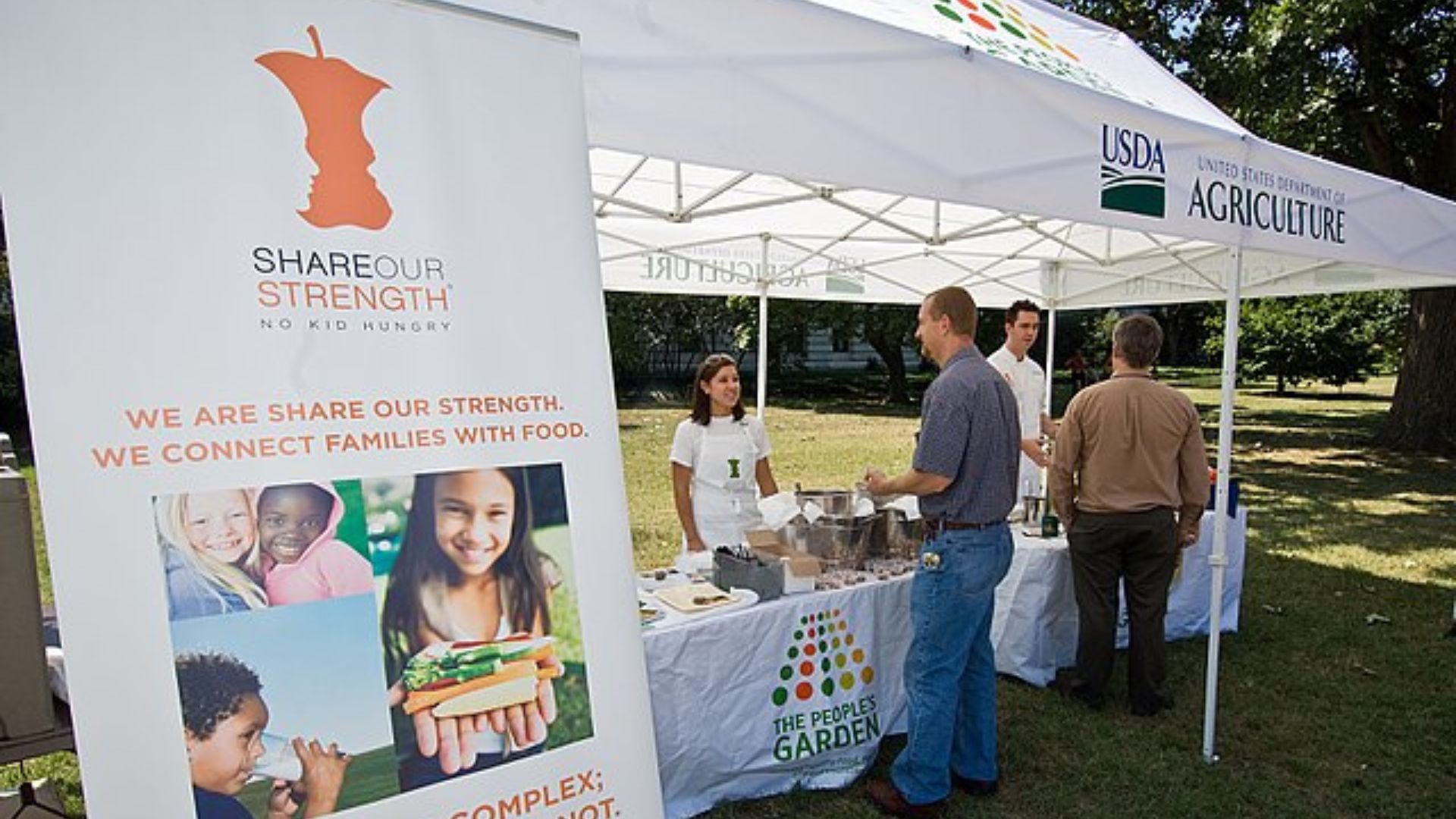
Dollar Tree and Family Dollar announced a partnership with No Kid Hungry last year, an organization committed to ending childhood hunger. The campaign, headed by Share Our Strength, received $350,000 to help provide 3.5 million meals. The company also maintains a grant program to improve food access. Despite these corporate-level initiatives, the disconnect between company-wide charitable commitments and store-level disposal policies highlights challenges in translating broad mission statements into daily operational practices.
Other Retailers Have Coordinated Emergency Food Giveaways During Crises

Social media users have praised Trader Joe’s and Kroger locations for quickly organizing giveaways during power outages that prevented unnecessary waste. These emergency responses demonstrate that retailers can successfully distribute inventory when motivated by immediate circumstances. The quick mobilization during crises contrasts with routine disposal policies, suggesting that operational barriers to donation may be more about liability concerns and established procedures than actual logistical impossibility. Some stores prove that distribution is achievable when prioritized.
Reddit Users Suggest Too Good to Go App as Alternative Solution
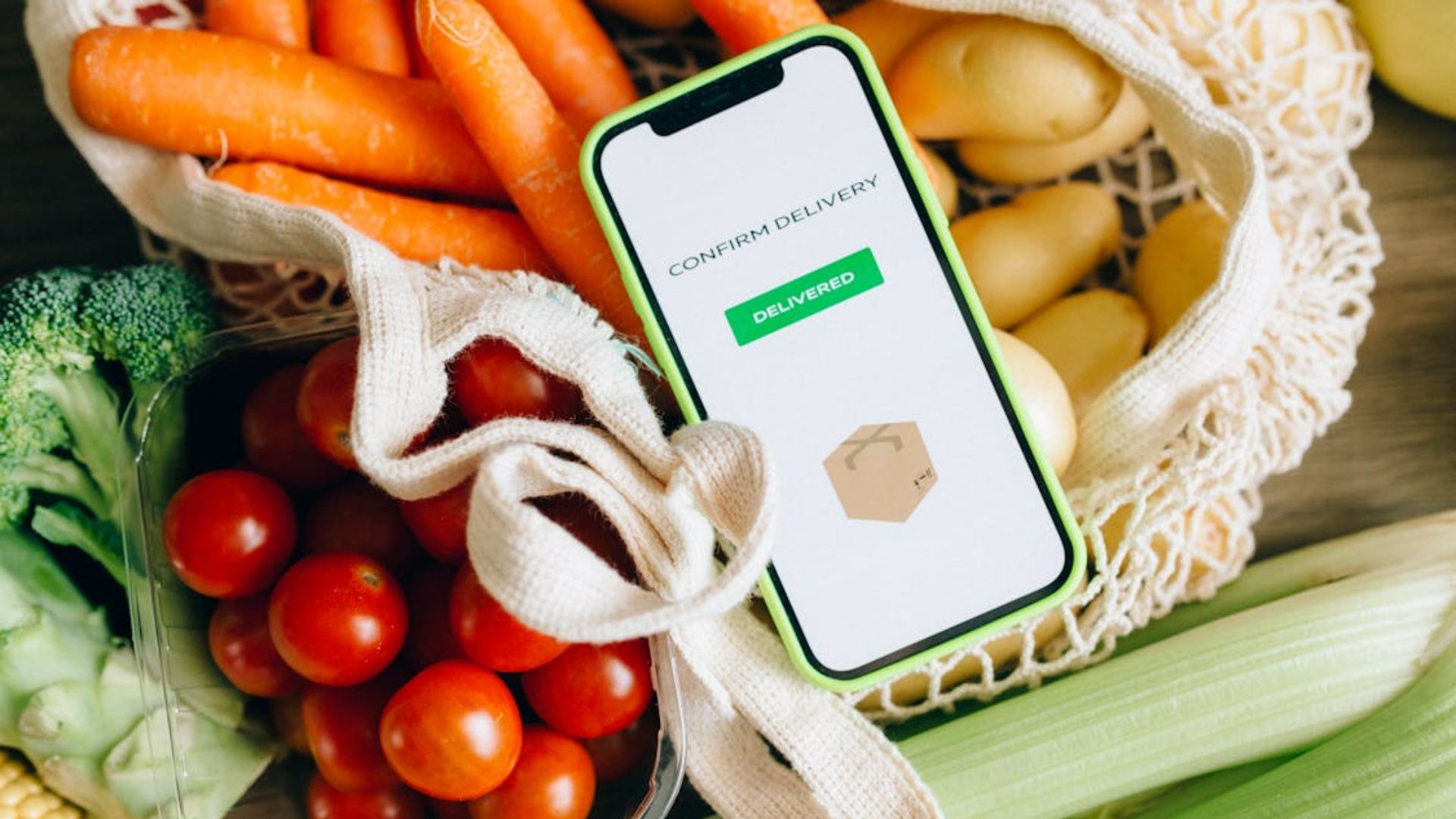
The r/DollarTree subreddit may have offered a solution that sidesteps donation complications entirely. “Get your manager to look into TOO GOOD TO GO,” one member wrote, referring to an app that allows individuals to purchase perfectly good food at massively discounted rates instead of being disposed of. The platform connects retailers with consumers willing to rescue surplus inventory, eliminating liability concerns since items are sold rather than donated. This market-based approach addresses waste while maintaining the commercial transaction structure retailers prefer, potentially offering a middle ground solution.